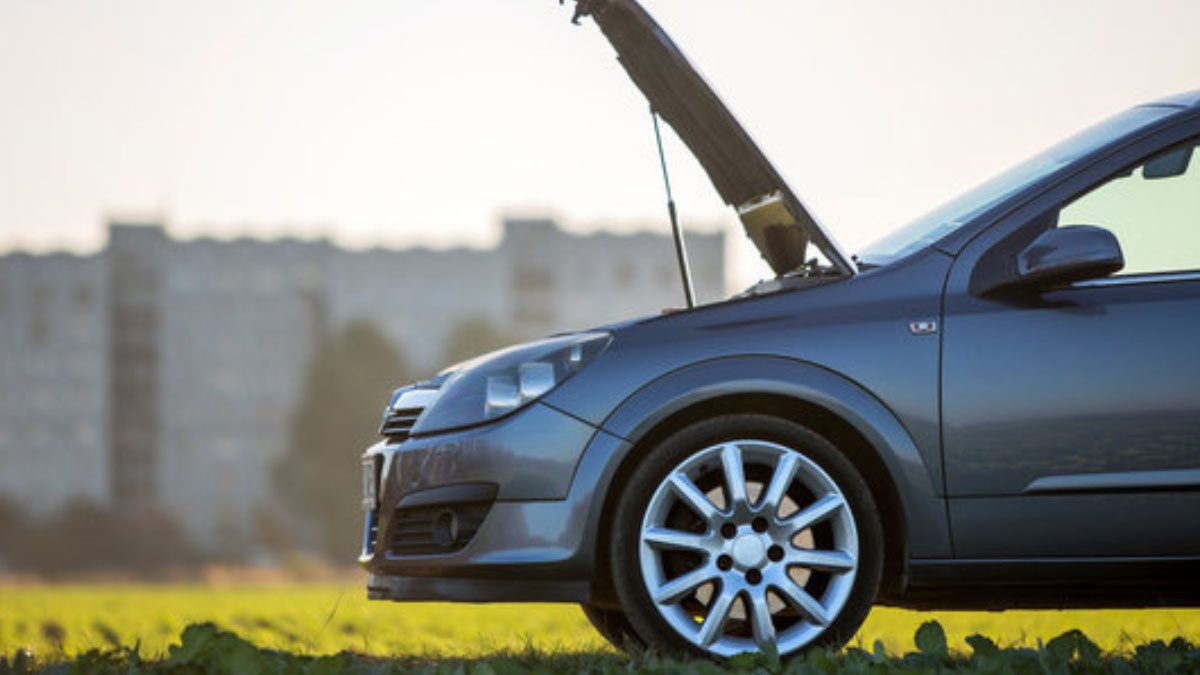Can You Drive A Car With A Cracked Radiator? Let’s Find Out!
Do you know that over 20,000 people are hospitalized each year due to car crashes caused by defective radiators? That means many drivers either ignore this issue or are unaware of driving with a cracked radiator. Whatever it’s, you better get to know the facts.
So, can you drive a car with a cracked radiator? No, it’s dangerous to drive. The radiator in the cooling system maintains the temperature of your engine. If it’s damaged, coolant may seep out, and the engine may overheat, leading to engine failure and even road accidents.
In this article, we will learn more about radiator cracks, watch out for warning signs, and determine whether it is safe to drive with a cracked radiator.
Can You Drive A Car With A Cracked Radiator?
No. It can be dangerous to drive with a cracked radiator. That’s because it can badly injure your car’s engine and cause it to break down in the middle of the road. The extent of the problem, however, is determined by the crack’s size and location of the crack.
Typically, a tiny crack in your radiator can result in leaks and coolant loss. This could lead to overheating your car engine and possibly harm the engine block or other parts.
Contrary to common assumptions, a study claims that more engines are damaged due to overheating than any other factor. Moreover, a coolant leak might result in poor fuel economy and higher emissions.
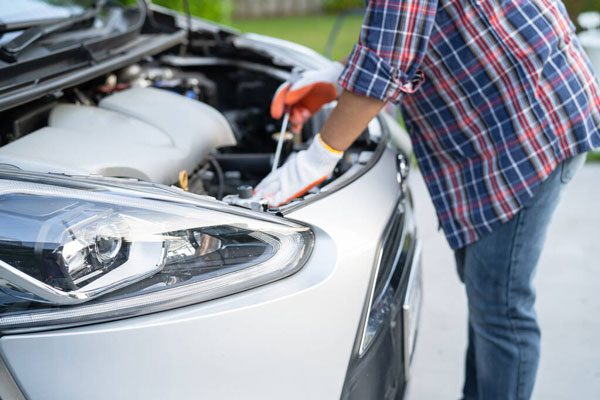
According to an EPA study, a 10% loss of coolant can result in a 2% increase in fuel usage and a 25% increase in carbon dioxide emissions.
However, if your car’s radiator has a large crack in a critical location, like near the seams or joints, it can cause a more significant leak and lead to a complete loss of coolant. Because of this, the engine may quickly overheat and suffer significant damage.
Keep in mind that driving with a cracked radiator also increases your chance of experiencing engine failure and getting stuck on a busy highway, which can be quite risky.
What Are The Hazards Of Driving A Car With A Cracked Radiator?
Driving with a cracked radiator carries a variety of risks. They are as follows.
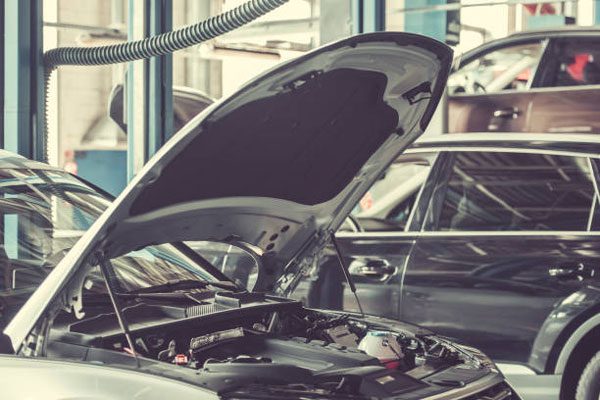
The Engine Uses More Fuel
Your car’s radiator leaks coolant when it develops a crack, making the engine run hotter than usual. You may notice decreased engine efficiency in your car as the engine needs to burn more fuel to maintain performance.
Malfunctioning Transmission System
In some cars, the radiator is used to cool the transmission. If the radiator gets cracked, it could overheat the transmission system causing it to malfunction.
Leads To An Accident
A damaged radiator may leak coolant onto the road, making it slippery and unsafe for other vehicles. This is especially true for motorbikes and cycles, which have less stability than cars.
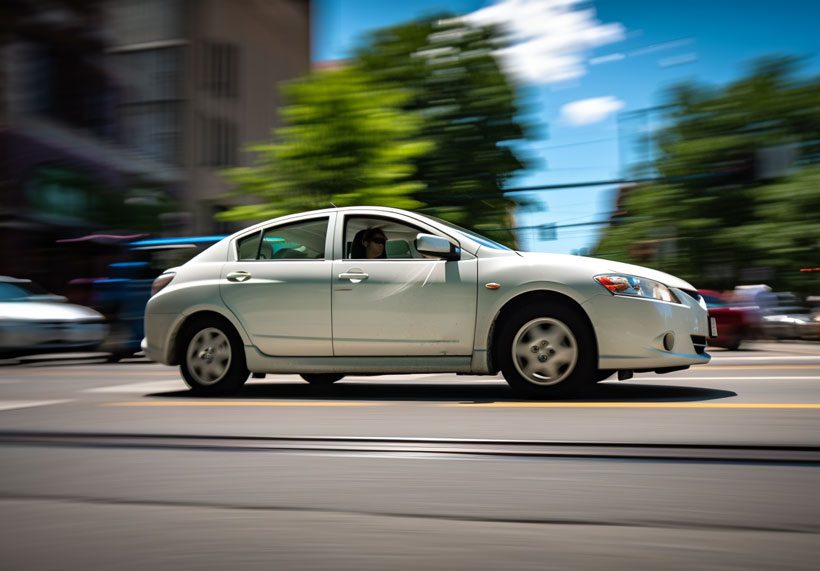
Engine Failure
When an engine fails due to a cracked radiator, it might lose power, develop braking and steering problems, and make it dangerous to drive.
Impaired Visibility
If the cracked radiator is located at the front of the vehicle, coolant leakage may make it difficult for the driver to see the road. This is because of smoke rising from the engine.
Potential Reasons For Radiator Cracks In Automobiles
For any car owner, a crack in the radiator can be a major hassle. Check out the list below if you’re having problems identifying the reason for a cracked radiator in your car.
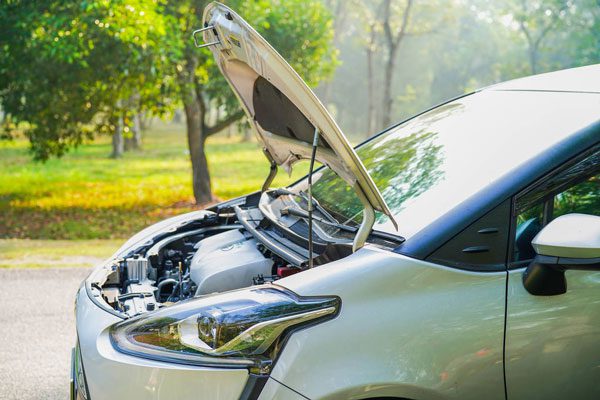
Overheating
When an engine overheats, it produces heat that the radiator cannot handle. Hence, the coolant expands, and there is an excessive amount of pressure inside the radiator. This can cause the radiator to crack, particularly if it’s already weakened due to wear and tear.
So, it’s important to prevent engine overheating by maintaining correct coolant levels, doing routine engine maintenance, and addressing any issues with the cooling system promptly.
Use of impure coolant
In a study, it was discovered that impurities in the coolant might cause corrosion. This could lead to cracks and other forms of damage to radiators. This is particularly true in older vehicles where the coolant hasn’t been regularly flushed and replaced.
Damage from external impact
If your car ever encountered a frontal collision, the radiator probably suffered damage. A crack could develop in the radiator’s metal or plastic casing as a result of the impact.
Additionally, the force of the impact can cause damage to the radiator’s internal structure, leading to leaks and, ultimately, a cracked radiator. Thus, it’s essential to take precautions to prevent impacts to the radiator, especially in the front of the vehicle where it is frequently located.
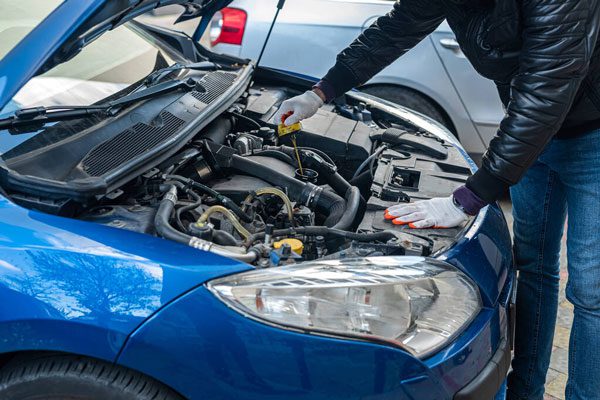
Freeze damage
The coolant in the radiator may freeze and expand as the temperature falls below freezing level, increasing pressure on the radiator’s walls. Thus, the radiator may break or split due to the additional pressure, especially if it is already weak.
A study found that freeze damage can reduce an engine’s efficiency by up to 30%. And it can seriously harm a car’s radiator.
Buildup of rust
Rust can chip away at the metal of the radiator, weakening it and making it more prone to cracking. Over time, the weakened metal can develop small cracks, which can grow larger over time and eventually result in a major crack in the radiator.
It’s crucial to routinely change the coolant, to prevent the accumulation of rust in the radiator.
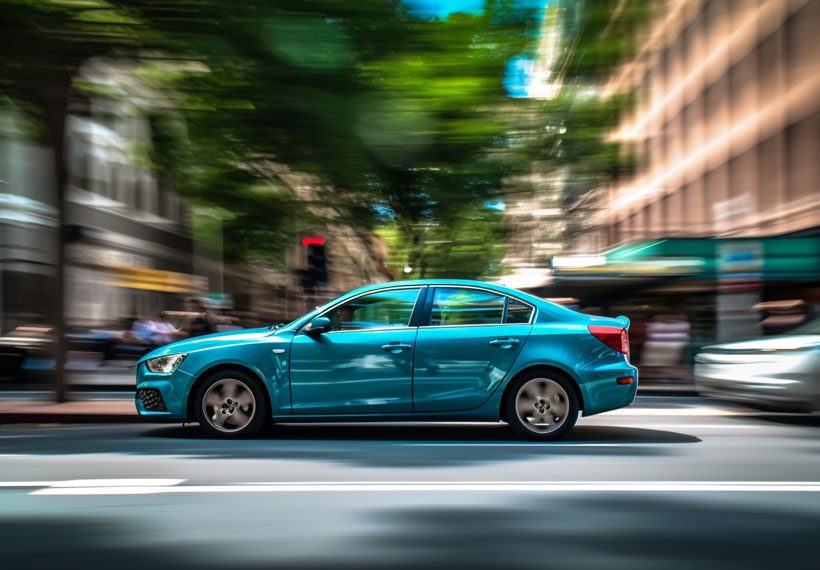
Faulty radiator fan
The radiator fan maintains the optimum temperature of your car’s engine as it draws air through the radiator to cool the coolant as it passes through the system.
When the radiator fan malfunctions, the coolant’s temperature may rise, putting more pressure and strain on the radiator. The radiator may crack as a result of the increasing pressure.
Obvious Indications That Your Car’s Radiator Is Cracked
It’s vital that you recognize the early warning signs of a broken radiator before things get worse. Use the table below to learn the typical indications of a cracked radiator.
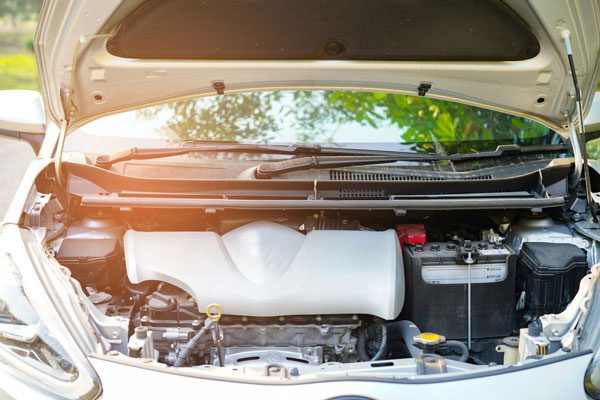
| Indications | Explanation |
|---|---|
| Low coolant levels | If you see coolant pooling under your car or a low coolant level in the radiator, it could be a sign of a cracked radiator |
| Engine overheating | A cracked radiator may leak coolant, which can cause the engine to overheat |
| Gurgling noise | If you hear gurgling or rattling sounds coming from the engine, your radiator may be damaged and leaking coolant |
| Improper acceleration | If your car isn’t accelerating smoothly, it may be a sign that your radiator is cracked |
To learn more about the signs of a damaged radiator, check this YouTube video.
What Steps You Should Take If Your Radiator Is Cracked?
- Step 1: If you notice any signs of a cracked radiator, you should stop driving your car immediately
- Step 2: Allow the engine to fully cool down before checking the radiator. You shouldn’t remove the radiator cap or touch the engine while it’s still hot
- Step 3: Carefully check the radiator for any obvious damage or cracks
- Step 4: If the coolant level is low, top it off using the proper coolant mixture suggested by your mechanic
- Step 5: Your radiator needs to be changed right away if there are significant cracks and corrosion. Install a new radiator asap by calling your local mechanic
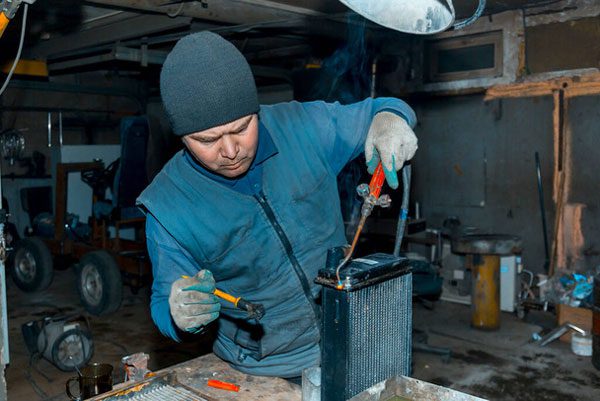
FAQs
Some FAQs regarding driving with a cracked radiator are listed below:
Radiator sealant can be used to temporarily repair a cracked radiator. This, however, is not a long-term fix and may still need to install a new radiator.
A broken radiator may make it more difficult for the engine to maintain a constant temperature since it may allow coolant to leak. As a result, the AC system may run less efficiently because it depends on the engine’s cooling system to function properly.
If water seeps through the crack and mixes with the engine oil, it could damage the engine. So, don’t add water in this situation.
Final Words
Finally, although it could technically be possible to operate a vehicle with a cracked radiator, it is not a safe choice. Many issues, such as engine overheating, coolant loss, and probable transmission issues, can be brought on by a cracked radiator.
While driving, a damaged radiator causes the engine to fail, resulting in road accidents. A leaking radiator can also endanger your safety because it can make your car skid or even catch fire. You should handle any radiator-related problems right away.

